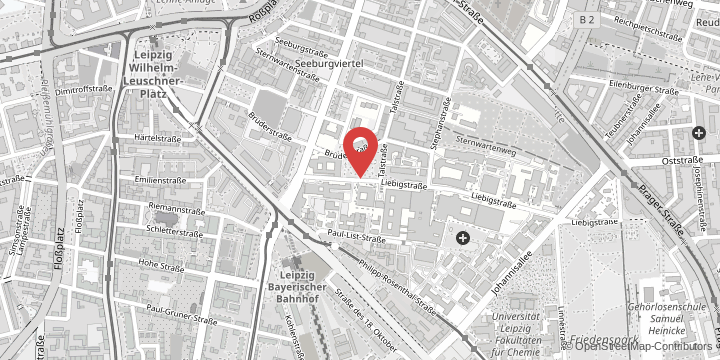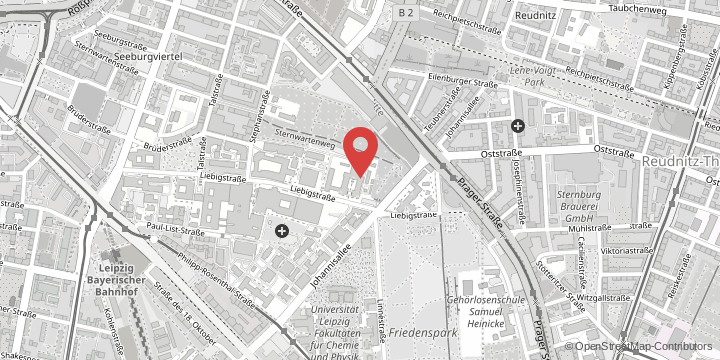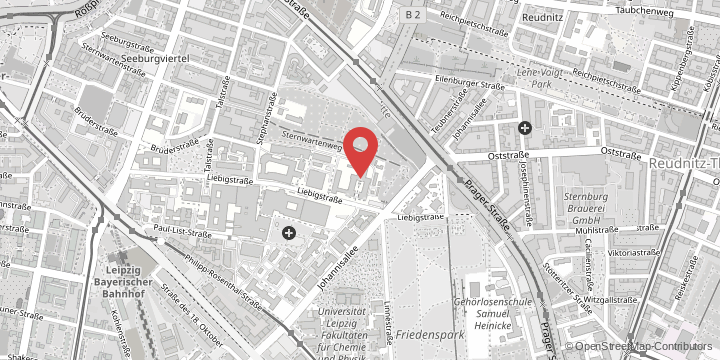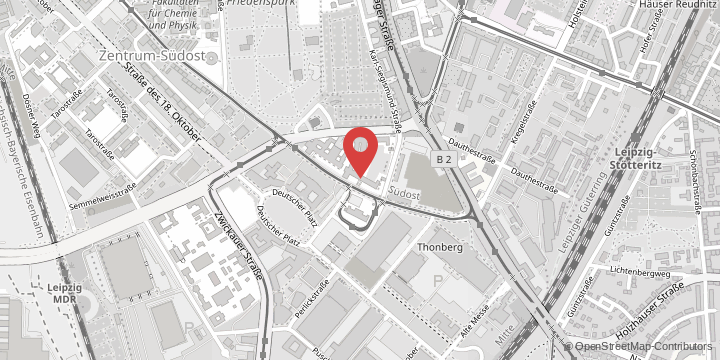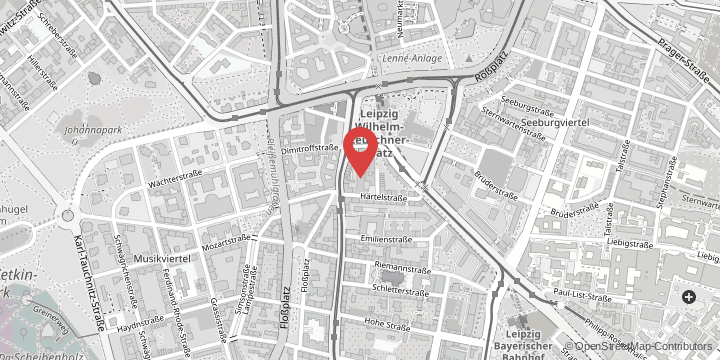The neuropathologist is particularly interested in the nerve fibres that connect the brain with the muscles. “Neuromuscular diseases can be triggered by disorders of various cell types, such as the nerve cells in the brain and spinal cord, the supporting cells in the nerve tissue, and the muscle tissue. All of these causes are similar in that they lead to muscle paralysis. Yet unfortunately we still don’t fully understand how local defects of individual cell types communicate across the nervous system and lead to progressive damage to the entire system,” said Stassart. The neuropathologist believes that research into these mechanisms is an important way to develop therapeutic strategies.
The scientist hopes to solve the riddle of the spatial interplay and the interactions of different cell types in the neuromuscular system by means of two strategies: using mouse models, on the one hand she will map the genetic activity of the entire neuromuscular system, and on the other hand she will selectively manipulate this activity. State-of-the-art single-cell diagnostics can be used to analyse simultaneously the molecular signature of thousands of cells involved in a disease. Stassart’s ten-strong research team have developed an approach that enables them to investigate the cellular and molecular diversity of the nervous system at an unprecedented resolution. Explaining the scientific method, she said: “For cells to be active, they have to read their genes in order to produce building blocks and tools. By comparing the genes that are read in different cell types and areas of the neuromuscular system, we hope to gain insights into potentially relevant disease mechanisms.”
Based on this, ultra-high-resolution electron microscopy methods and genetic techniques are used to manipulate specific local properties of the nervous system in a mouse model. “If we can better understand the interaction of cells in the neuromuscular system, we will in future also have a better understanding of the pathomechanisms of diseases such as neuropathies, amyotrophic lateral sclerosis (ALS), but also multiple sclerosis (MS). The results could pave the way for better treatment of these diseases,” said Stassart, explaining the long-term goal of her research. The European Research Council will support her in this endeavour with an ERC Starting Grant. “We are very honoured by this award,” said the 39-year-old. “Our team is now even more motivated to intensify its work in Leipzig, which is a centre of science and research.”
Dr Ruth Stassart studied human medicine in Mainz and Göttingen. Born in Aachen, she began her scientific career at the Max Planck Institute for Experimental Medicine in Göttingen, where she completed her doctorate before heading a research group. At the same time, Stassart pursued specialist training in neuropathology at Göttingen’s University Medical Center. In 2017, Stassart moved to Leipzig with her research group and has since been working as a senior consultant in the Department of Neuropathology at Leipzig University Hospital.







